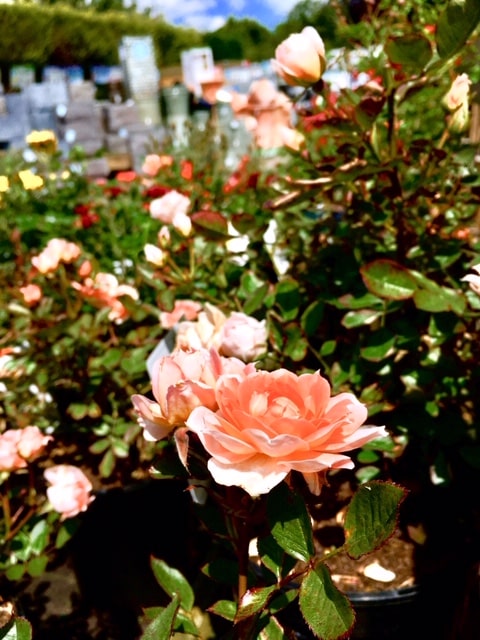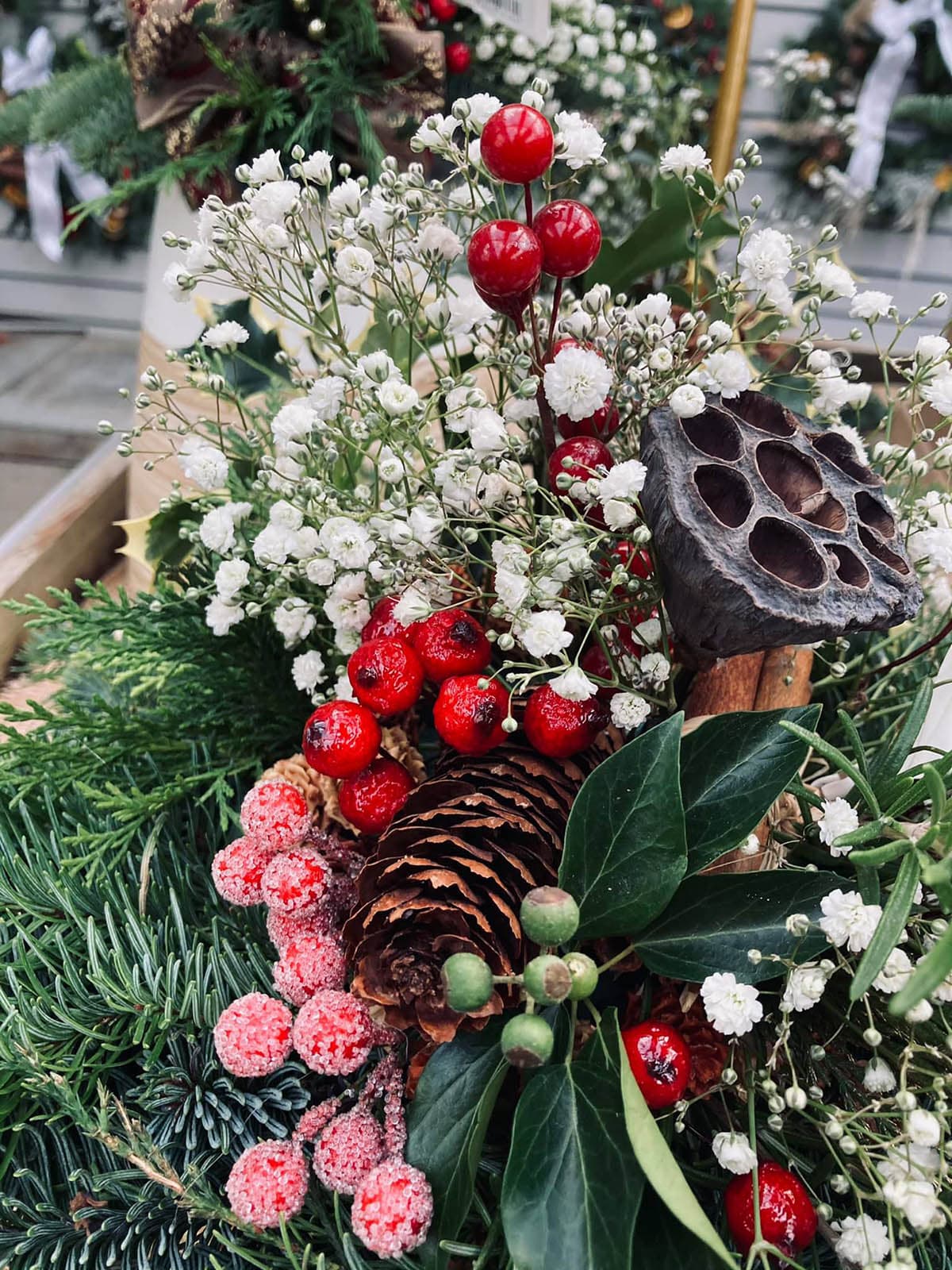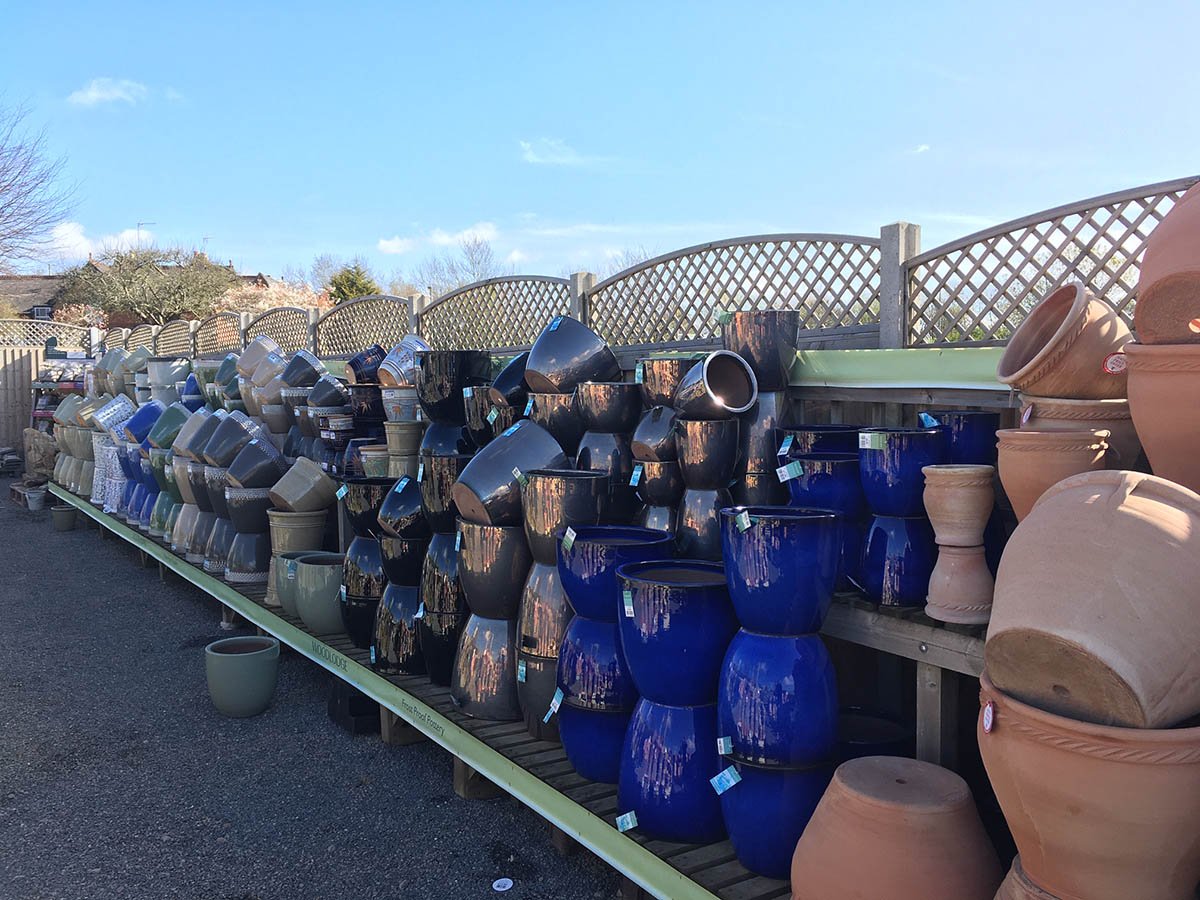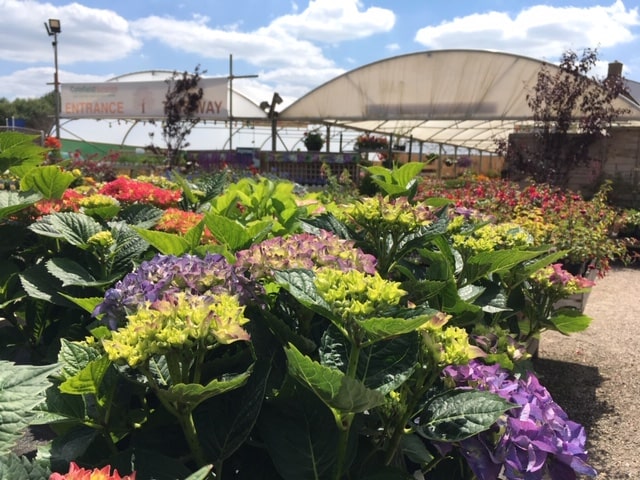Although there is no rush one of the jobs which you could get out of the way is pruning your shrub roses. Do not be too severe – just remove some of the older stems which produced flowers last year and the tips of the branches which will generate blooms this year.
This is also the time to cut out any dead or diseased branches from your apple and pear trees and then apply a pruning seal at the same time. Another thing to do with your dormant trees in January is to give them a winter wash. Doing this will help to control aphids and woolly aphids.
One of the first plants to emerge from dormancy will be Hellebores.
If your plants still have last year’s old leaves which are looking brown and spotted then cut them off now.
This will reduce the risk of black spot leaf infection, to which all Hellebores are prone, on the new growth when it emerges.
Don’t forget to feed the birds and to leave some water out for them!
Now is the time to be preparing your vegetable seed beds and also the time to start sowing some of your vegetables under cover.
Start Chitting your seed potatoes now. The simplest way to do this is place them in egg boxes, eyes upright in a light cool but frost-free place.
If the soil is workable, dig in a 5cm (or more) layer of compost or manure into your beds to prepare for the growing season ahead. You can also work in a general-purpose fertiliser such as pelleted chicken manure or fish, blood and bone.
If you need to move deciduous trees or shrubs, now is the time to do it provided the soil is not frozen or waterlogged.
Feed trees, shrubs and hedges with a slow release fertilizer by lightly forking it into the soil surface.
Plant out any forced flower bulbs in the garden, such as hyacinths and daffodils which have finished flowering indoors.
Protect new spring shoots from slugs and snails
Now is the time to lift and divide overgrown clumps of perennials and give your containers a fresh layer of compost on the top, this can be done by carefully removing the plant from its pot, gently removing some of the old compost from around the top and sides and repotting with a good quality compost with extra slow release fertilizer.
Apply a layer of mulch around your perennials, trees and shrubs before the hot weather arrives. Use organic matter such as well rotted manure.
Feed trees, shrubs and hedges with a balanced, slow-release fertiliser by lightly forking it into the soil surface. Roses are greedy plants and will greatly benefit from feeding as they come into growth.
If any of your garden plants need supporting this year, put the supports in now so the plants grow up through them. Adding supports afterwards is difficult and may damage the plant.
Climbers will now be putting on growth, tie in new stems to train the plant along its support.
Check any tree ties to make sure the tie is not cutting into the trunk. Loosen any that are tight to allow the trunk room to expand.
April is a month for laying turf, seeding new lawns or repairing patches in your lawn
Trim winter-flowering heathers as the flowers disappear, to prevent the plants becoming leggy.
Continue to remove any faded flowers from your winter pansies to stop them setting seed. This will encourage flushes of new flowers throughout the spring.
Deadhead daffodils and tulips as the flowers finish but leave the foliage intact allowing it to die back naturally.
Watch out for late frosts and cover tender plants with fleece and if you have a greenhouse open the doors and windows to ventilate but remember to close them again in the evenings.
Plant potatoes if you haven’t done so already, it’s not to late.
Put up plant support for runner beans which can be planted at the end of the month.
Plant out summer bedding but be aware of late frosts and cover if you can.
Check hedges for nesting birds before you trim.
Lift and divide clumps of daffodils and other spring flowing bulbs.
Keep newly planted trees and shrubs well-watered whilst they establish.
If any of your hanging basket plants have become leggy or misshapen, simply trim the excess off – this will encourage bushy growth.
As soon as your sweet peas start to flower, keep picking them to encourage more blooms.
Dead head roses and give second feed towards the end of the month
Hoe your borders to keep down weeds, stake tall and floppy plants, shade greenhouses to keep them cool and to prevent scorch.
Pinch out any side shoots from your tomato plants and feed once the first truss is setting fruit. Earth up potato plants as they grow. If you’re growing potatoes in bags simply add more compost to half way up the plant stem.
Plant out tender vegetables such as courgettes, tomatoes and sweetcorn now the risk of frost has passed.
Cut back hardy geraniums and delphiniums after the first flush of flowers to encourage new growth and further blooms.
Continue to tie in and train new growth on climbing plants.
Prune Wisteria now. Just remove the whippy side-shoots from the main branch framework to about 20cm from their base (about five leaves from the main stem).
Look out for Clematis Wilt. Symptoms include wilting leaves and black discolouration on the leaves and stems. Cut out all affected material and dispose of it in your household waste.
Give the lawn a summer feed, especially if you missed the spring feed.
Dead head all summer flowering plants, doing this not only keeps your plants looking tidy it encourages plants to keep flowering.
Cut back faded perennials to keep borders tidy.
Trim your Lavender plants after they’ve finished flowering to keep them compact.
Continue to feed tomato plants with a Tomato fertilizer and remove leaves lower down on the plant to help with air circulation and prevent disease.
Lift and dry onions, shallots and garlic once the foliage has flopped over and yellowed. Store them in a light airy space to prevent mould.
Clear away any diseased and spent foliage on and around your veg plants to discourage pests and diseases spreading.
Keep on top of weeds as they compete with your crops for nutrients and water.
Harvest sweetcorn and other vegetables as they become ready.
September is a good time to plant new Perennials as the soil is still warm but there is generally more rainfall.
Pull or cut off the foliage off main crop potatoes at ground level 3 weeks before lifting them to prevent blight spores infecting the tubers as you lift them. This will also help to firm the skins of the potatoes.





